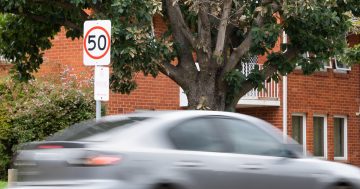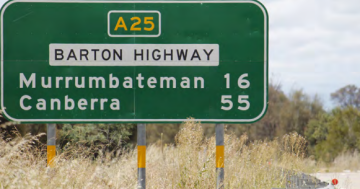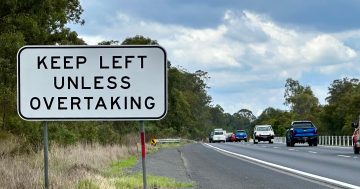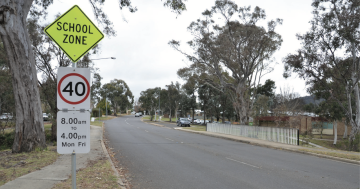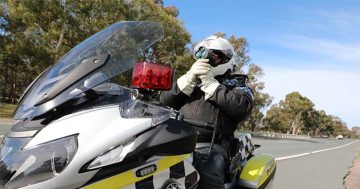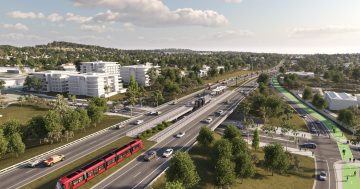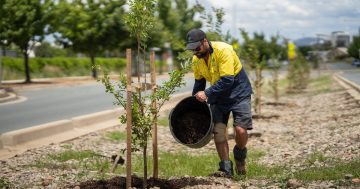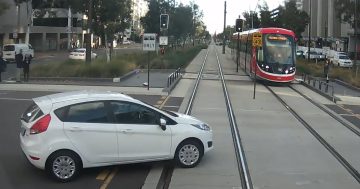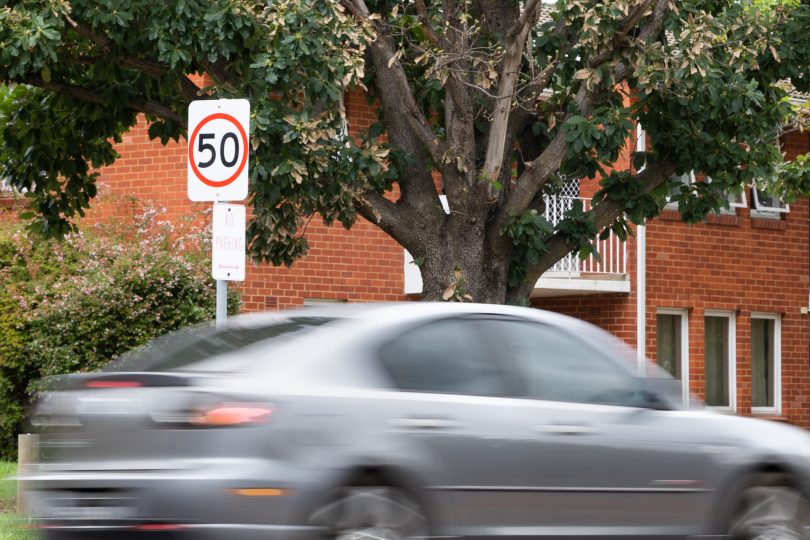
More deterrents are needed for speeding motorists in Canberra’s 50km/h zones. Photo: Michelle Kroll.
Deakin residents are leading the charge for speeding motorists to face the full force of the law, claiming more drivers are continually exceeding the 50km/h limits putting the safety of citizens at risk.
Armed with a speed-measuring application on her mobile phone after continually seeing motorists “going way too fast” in Deakin, resident Ingrid Colquitt said she has consistently clocked motorists driving between 60-90 km/h along Kent Street after making numerous complaints via the Deakin Residents’ Association.
Those complaints have been part of more than 600 received by Transport Canberra and City Services (TCCS) over the last 12 months.
Calls for action also come in the wake of ACT Policing noticing a spike in speeding infringements during the first half of last year, issuing nearly 500 infringement notices a month for speeding until the end of May 2020 – well above the average of 340 per month.
A total of 26,666 infringements were also issued by mobile speed vans in 2020.
Ms Colquitt said the problem is not confined to Deakin and she has anecdotal reports of people regularly driving 20-30km/h above the 50km/h speed limit in most suburbs.
She says the issue is more concentrated in many of Canberra’s inner northern and southern suburbs where there has been an increase in commercial buildings such as units and motorists are simply ignoring the speed limit.
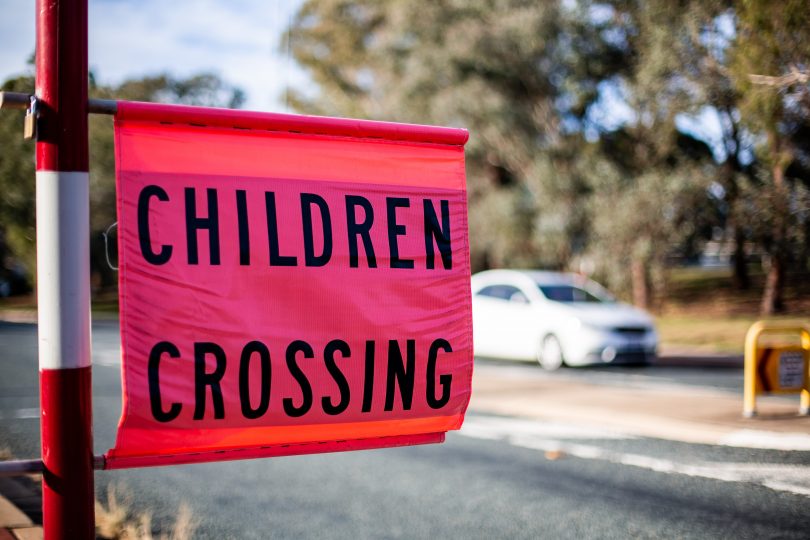
Speeding offences are still a big problem in Canberra’s suburbs. Photo: File.
“Further impact assessments are needed because I know from conversations I’ve had that people are speeding in most suburban streets in Canberra,” Ms Colquitt told Region Media.
“It’s exceptionally dangerous for drivers and residents who don’t seem to recognise they’re in a 50km/h zone, especially with the volumes of traffic at certain times of the day.”
A spokesperson for TCCS said more than 600 complaints about speeding in residential and arterial roads across Canberra have been investigated during the last 12 months.
“The 600 complaints received via Fix My Street and other platforms to Transport Canberra and City Services is typical of the volume of requests received each year regarding speed,” the spokesperson said.
ACT Policing also recently seized numerous vehicles for dangerous driving incidents during January in response to its zero tolerance of speeding motorists.
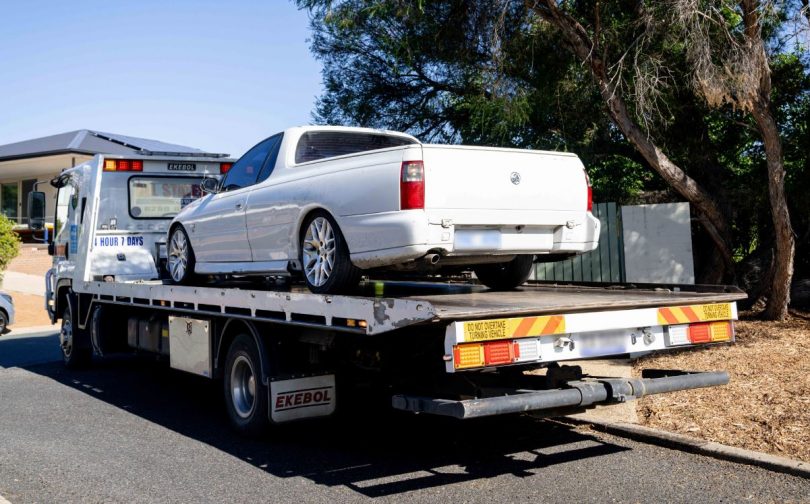
ACT Policing recently seized a number of vehicles following dangerous driving behaviour. Photo: ACT Policing.
Ms Colquitt said young drivers with access to high-powered cars are the biggest culprits of high speeds in the suburbs.
“I regularly hear these cars coming in at 8:00 or 10:00 pm, or even at two in the morning. They just don’t seem to care about the speeds they’re doing.”
She said ideally, each suburb could have its own road management plan where government officials revisit the speeds and not just the potholes and pathways that need fixing.
“It’s fine to have a 50km/h sign but no one is policing it.”
The TCCS spokesperson said the majority of complaints related to speeding are about the inappropriate behaviours of a few drivers. Members of the community are also requesting the installation of traffic calming devices such as smiley face speed signs or reduced speed limits.
“Requests are also made for deployment of mobile speed cameras and enforcement action by ACT Policing at locations where speeding has been witnessed. Requests are also made for increasing the penalty for speeding to address unsafe driving behaviours,” the spokesperson said.
“Where speeds are found to be excessive, or where there is a road safety concern then enforcement, education, or traffic calming (speed humps) measures are introduced.”
Deakin Residents’ Association vice-president Dr George Wilson said too many signs with different speed limits only confused motorists while providing a gold mine for sign manufacturers.
“There are at least 20 signs along Hopetoun Circuit with speeds varying from 50 to 60 to 40km/h,” Dr Wilson said.
“Get rid of all the signs and just make it 50km/h.”
In the ACT, all roads are set at 50km/h unless signposted otherwise.












